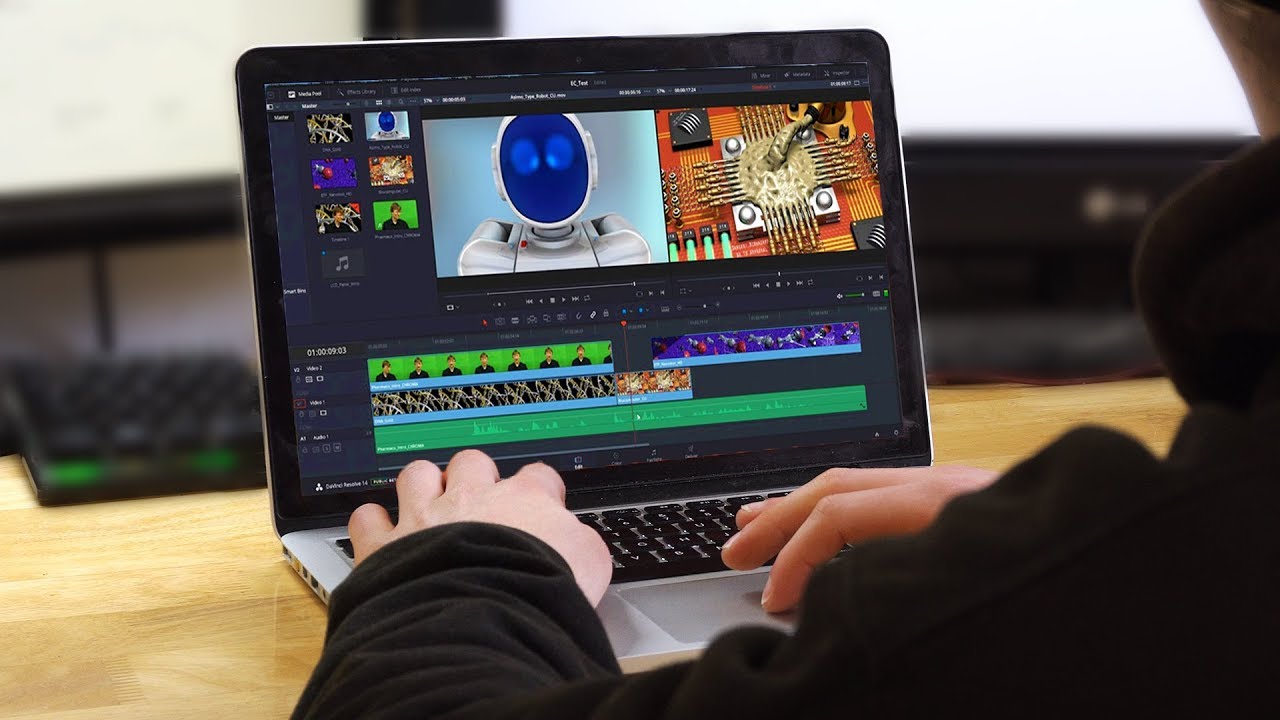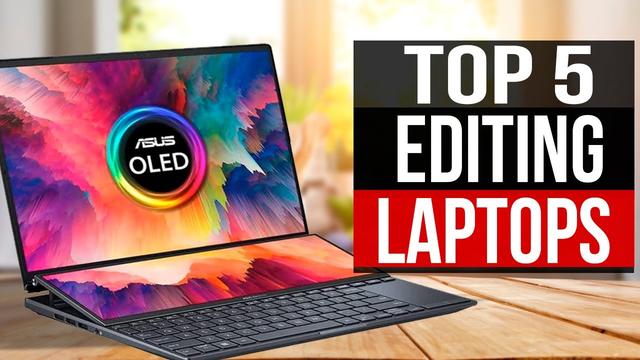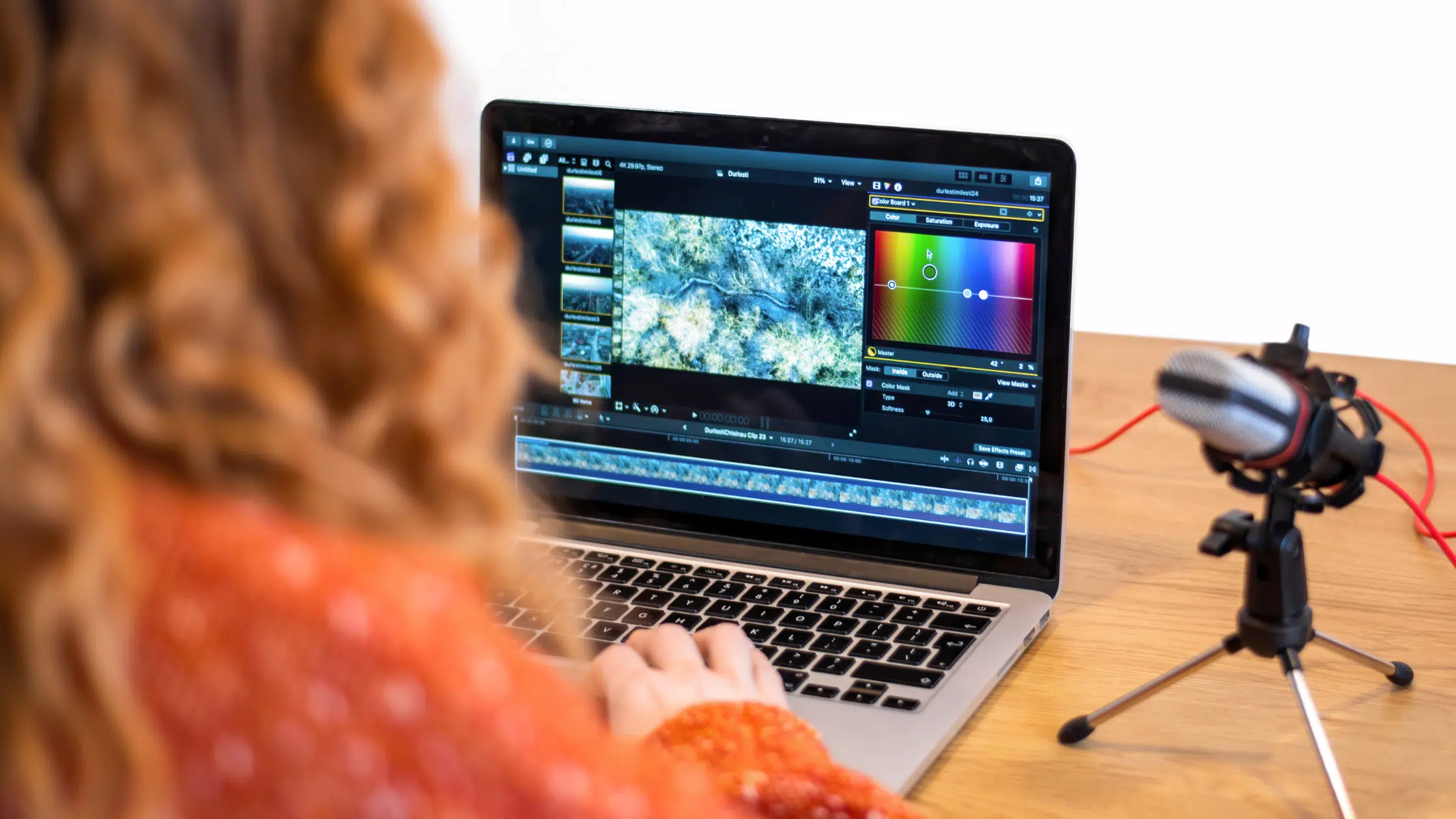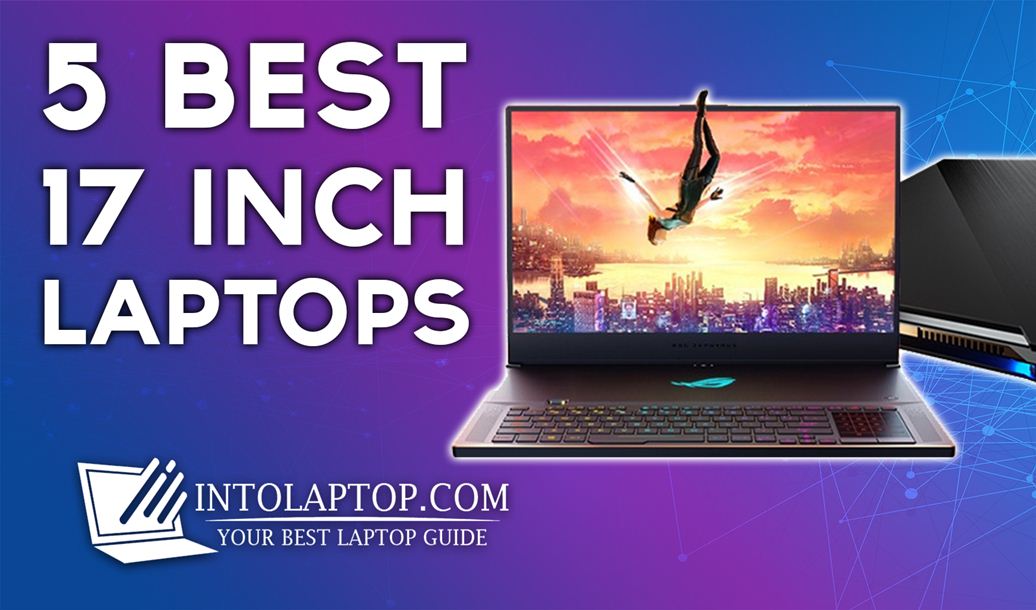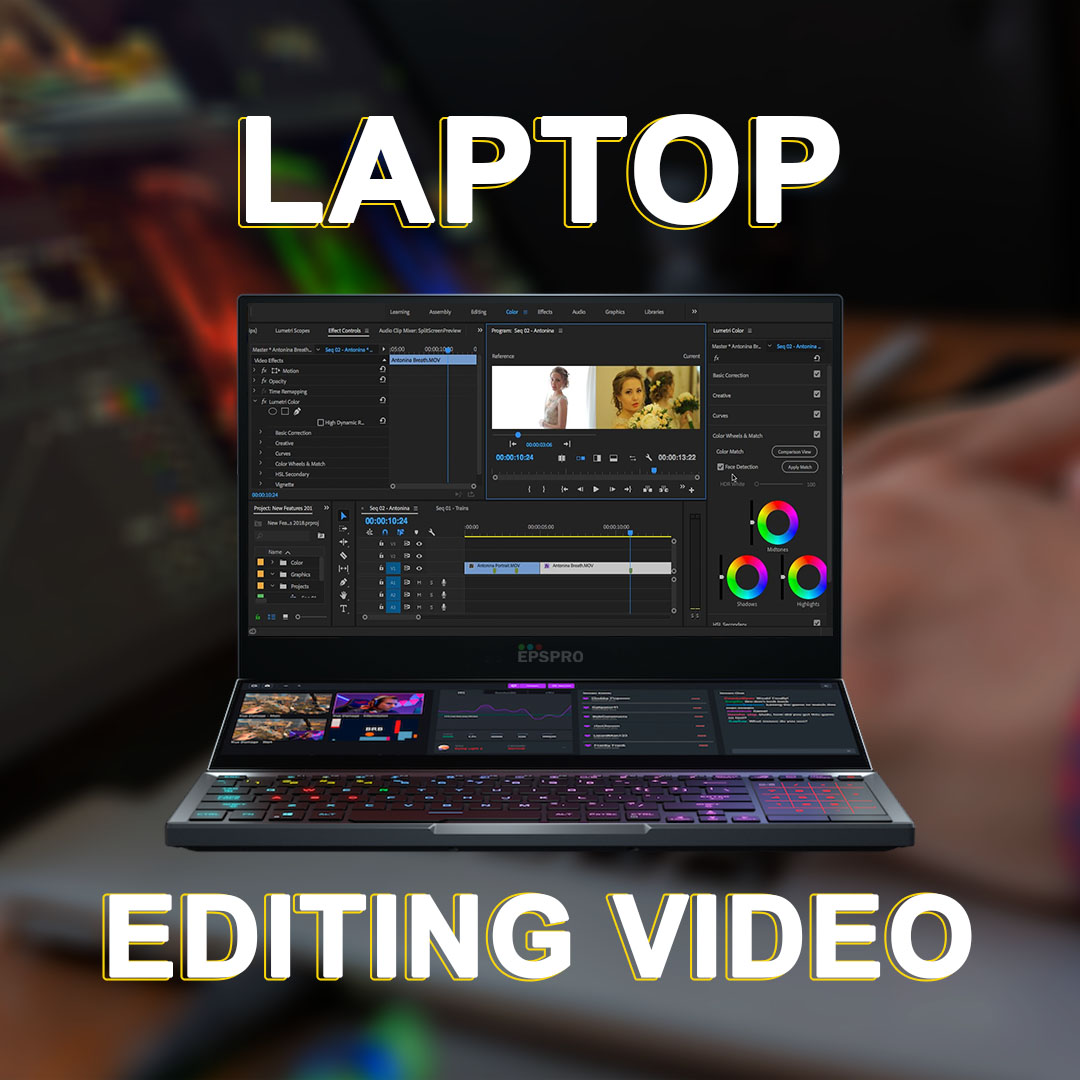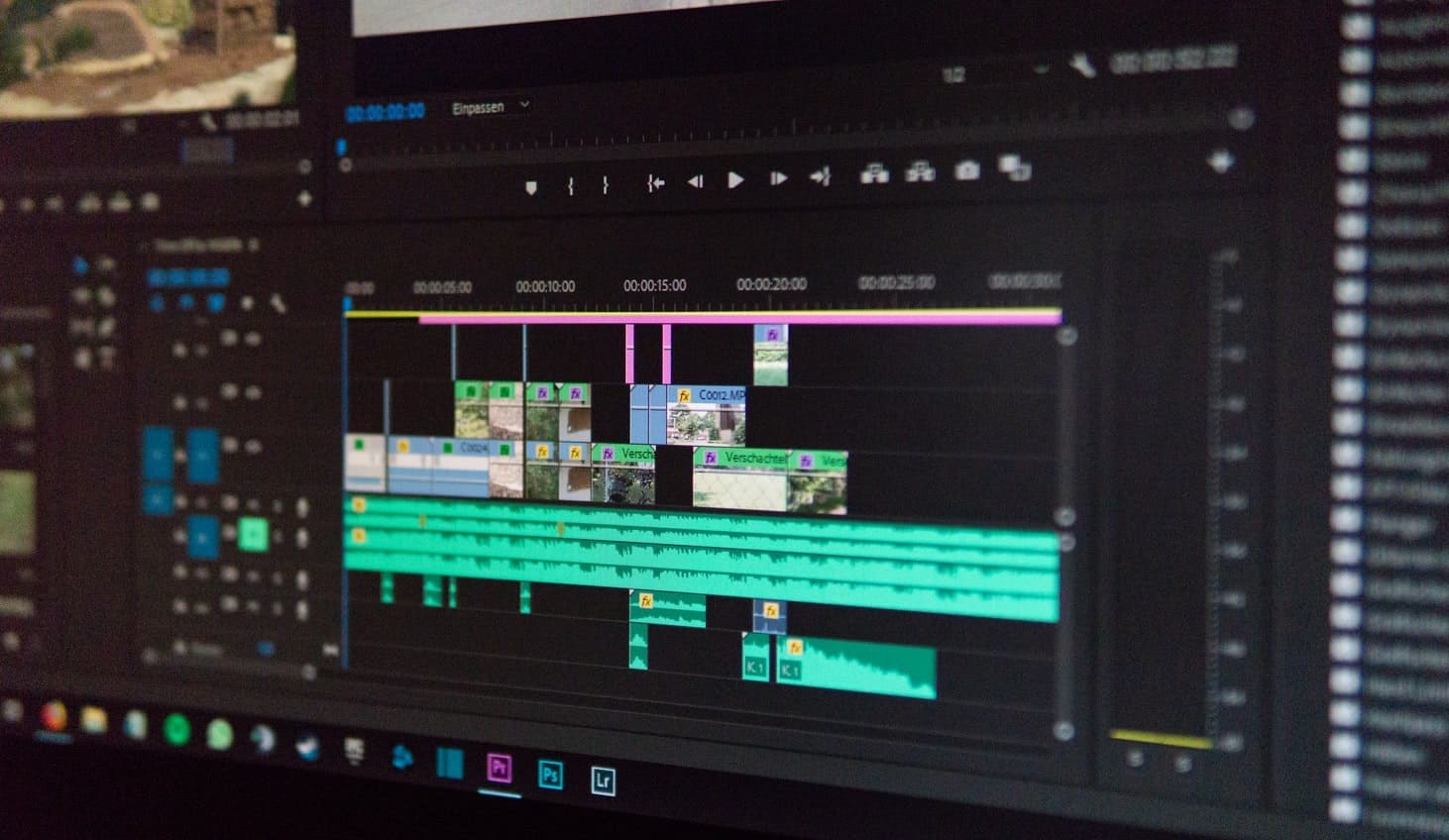Video Editing Laptop Reviews

So, you're diving into the world of video editing? That's fantastic! But before you unleash your inner Spielberg, you need the right tools. A powerful laptop is no longer a luxury, it's a necessity. This guide is for first-time buyers, those who might be a little overwhelmed by the tech jargon and endless options. We'll break down everything you need to know to choose the perfect video editing laptop without breaking the bank or ending up with a machine that can't handle your creative vision.
Why does the right laptop matter for video editing? A capable machine will save you time, reduce frustration, and allow you to focus on the creative process. Slow rendering, choppy playback, and frequent crashes are creativity killers.
Top 5 Video Editing Laptops: A Quick Comparison
| Model | Price (USD, Approx.) | Processor | RAM | Storage | Graphics Card | Warranty |
|---|---|---|---|---|---|---|
| Apple MacBook Pro 16" (M3 Max) | $3499 | Apple M3 Max | 36GB | 1TB SSD | Integrated (M3 Max) | 1 Year Limited |
| Dell XPS 15 | $2499 | Intel Core i9 | 32GB | 1TB SSD | NVIDIA GeForce RTX 4070 | 1 Year Limited |
| ASUS ROG Zephyrus G14 | $1899 | AMD Ryzen 9 | 16GB | 1TB SSD | NVIDIA GeForce RTX 4060 | 1 Year Limited |
| HP Spectre x360 16 | $1749 | Intel Core i7 | 16GB | 512GB SSD | Intel Arc Graphics | 1 Year Limited |
| Lenovo Legion Pro 5i | $1699 | Intel Core i7 | 16GB | 1TB SSD | NVIDIA GeForce RTX 4060 | 1 Year Limited |
Detailed Reviews
Apple MacBook Pro 16" (M3 Max)
The MacBook Pro 16" with the M3 Max chip is a powerhouse. Its stunning display, exceptional performance, and seamless integration with Final Cut Pro make it a top choice for professionals. The high price point is a significant barrier for many beginners.
Dell XPS 15
The Dell XPS 15 is a well-rounded option, offering a balance of power and portability. It features a beautiful display, a powerful Intel processor, and a dedicated NVIDIA graphics card. It's a great choice for those who need a versatile laptop for both editing and everyday tasks.
ASUS ROG Zephyrus G14
The ASUS ROG Zephyrus G14 is a compact and powerful gaming laptop that's also excellent for video editing. It boasts an AMD Ryzen processor and an NVIDIA GeForce RTX graphics card in a surprisingly small package. Its portability and strong performance make it ideal for editors on the go.
HP Spectre x360 16
The HP Spectre x360 16 offers a 2-in-1 design, allowing it to be used as a laptop or a tablet. Its vibrant display and comfortable keyboard make it a joy to use. While not as powerful as some of the other options, it's still capable for many video editing tasks, especially with the latest Intel Arc Graphics.
Lenovo Legion Pro 5i
The Lenovo Legion Pro 5i is a gaming laptop that delivers excellent performance for the price. It features a powerful Intel Core i7 processor and an NVIDIA GeForce RTX graphics card. This laptop provides ample power for demanding editing workflows without breaking the bank.
Used vs. New: Weighing the Options
Buying a used laptop can save you a significant amount of money. However, it comes with risks. You might not know the laptop's history, and the warranty might be expired.
Pros of Buying Used: Lower price, access to higher-end models at a reduced cost. Cons of Buying Used: Potential for hidden issues, shorter lifespan, no warranty (or limited warranty).
Pros of Buying New: Full warranty, peace of mind, latest technology. Cons of Buying New: Higher price.
Reliability Ratings by Brand
Brand reputation can be a good indicator of reliability. However, it's not a guarantee.
- Apple: Generally considered very reliable, especially when properly maintained.
- Dell: Known for good build quality and reliable components.
- ASUS: Offers a mix of reliable models, particularly in their ROG and Zenbook lines.
- HP: Reliability can vary, but generally considered decent with proper care.
- Lenovo: Known for durable and reliable laptops, especially in their ThinkPad and Legion series.
Checklist: 5 Must-Check Features Before Buying
- Processor: Aim for at least an Intel Core i7 or AMD Ryzen 7. The higher the number, the better the performance.
- RAM: 16GB is the minimum for comfortable video editing; 32GB is recommended for larger projects and 4K footage.
- Storage: A fast SSD (Solid State Drive) is crucial for quick loading and rendering times. 512GB is a good starting point, but 1TB or more is ideal.
- Graphics Card: A dedicated graphics card (NVIDIA GeForce or AMD Radeon) will significantly improve performance, especially when working with effects and rendering.
- Display: Look for a display with good color accuracy (close to 100% sRGB or DCI-P3) and brightness. A larger screen (15 inches or more) is generally preferred for video editing.
Summarizing the Key Points
Choosing the right video editing laptop requires careful consideration. Don't solely focus on one spec. Balance processor power, RAM, storage, graphics, and display quality. Weigh the pros and cons of buying used versus new. Consider brand reliability.
Remember to think about your budget and specific editing needs. A budget-friendly option can still deliver excellent performance. A high-end laptop might be overkill if you're just starting out.
Before making a purchase, read reviews, watch videos, and compare different models. An informed decision will prevent future regrets. Your perfect video editing companion awaits!
Ready to Find Your Perfect Laptop?
Now that you're armed with this knowledge, it's time to start your search! Visit the manufacturer's websites, compare prices at different retailers, and read user reviews. Take your time, do your research, and choose a laptop that will empower you to create amazing videos. Good luck and happy editing!
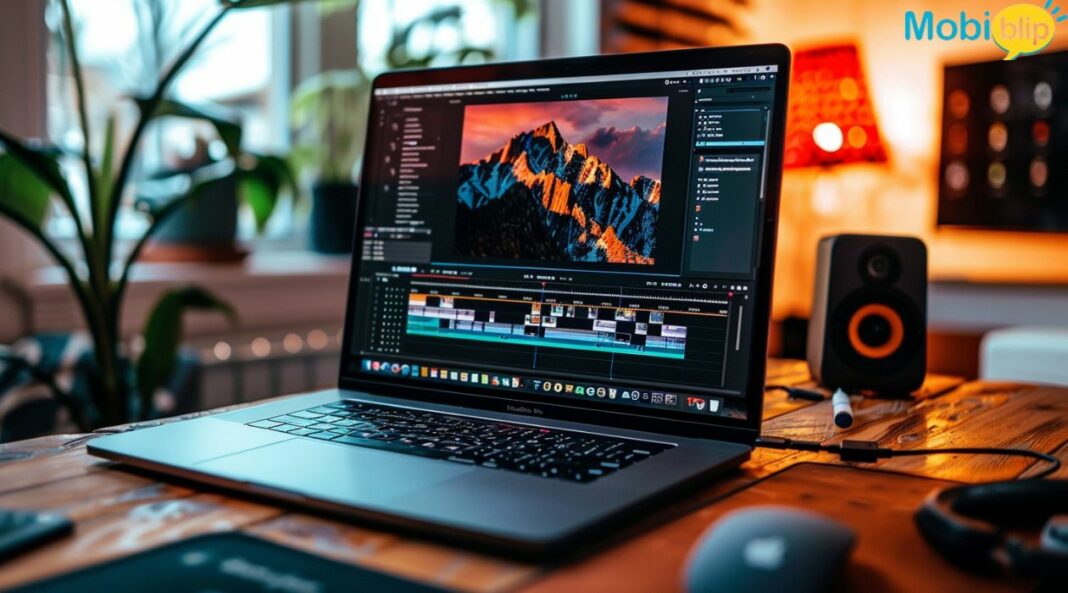
:format(webp)/cdn.vox-cdn.com/uploads/chorus_asset/file/24580362/ss.png)

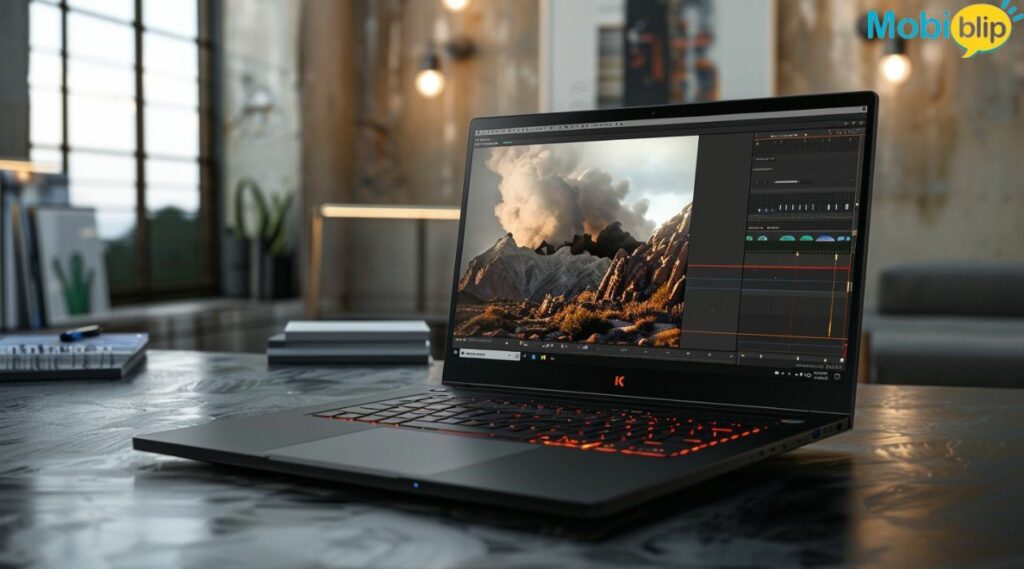
.webp)


